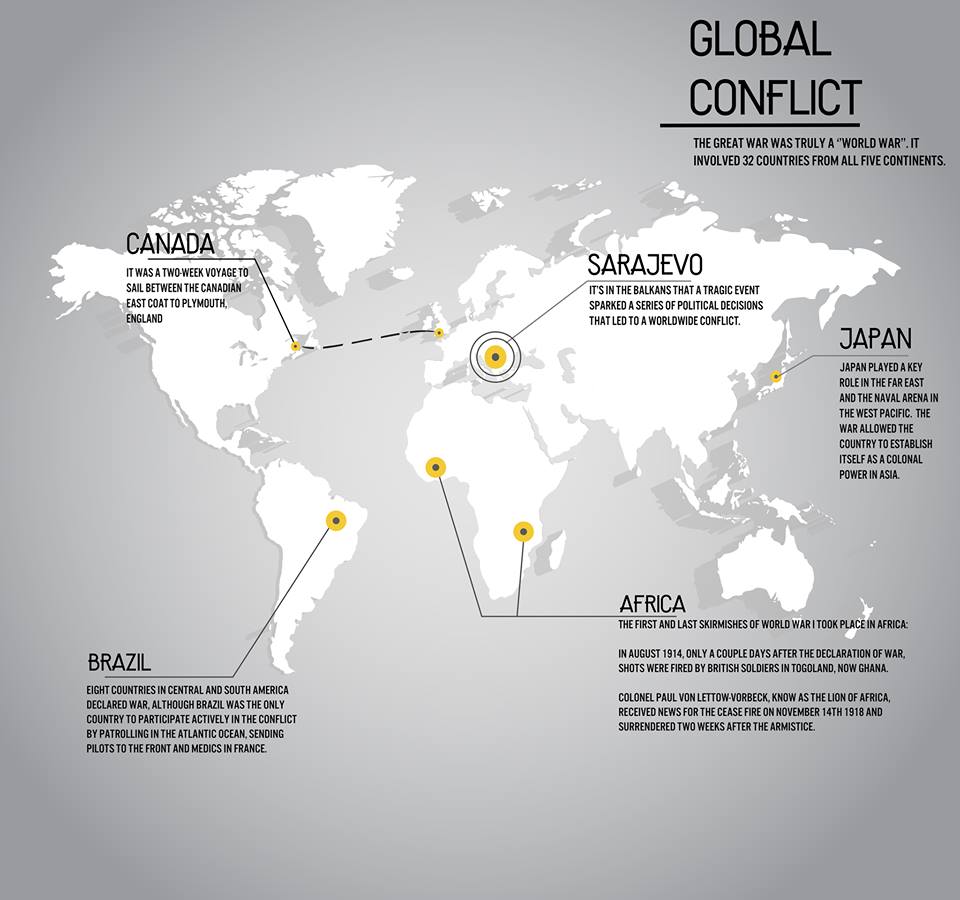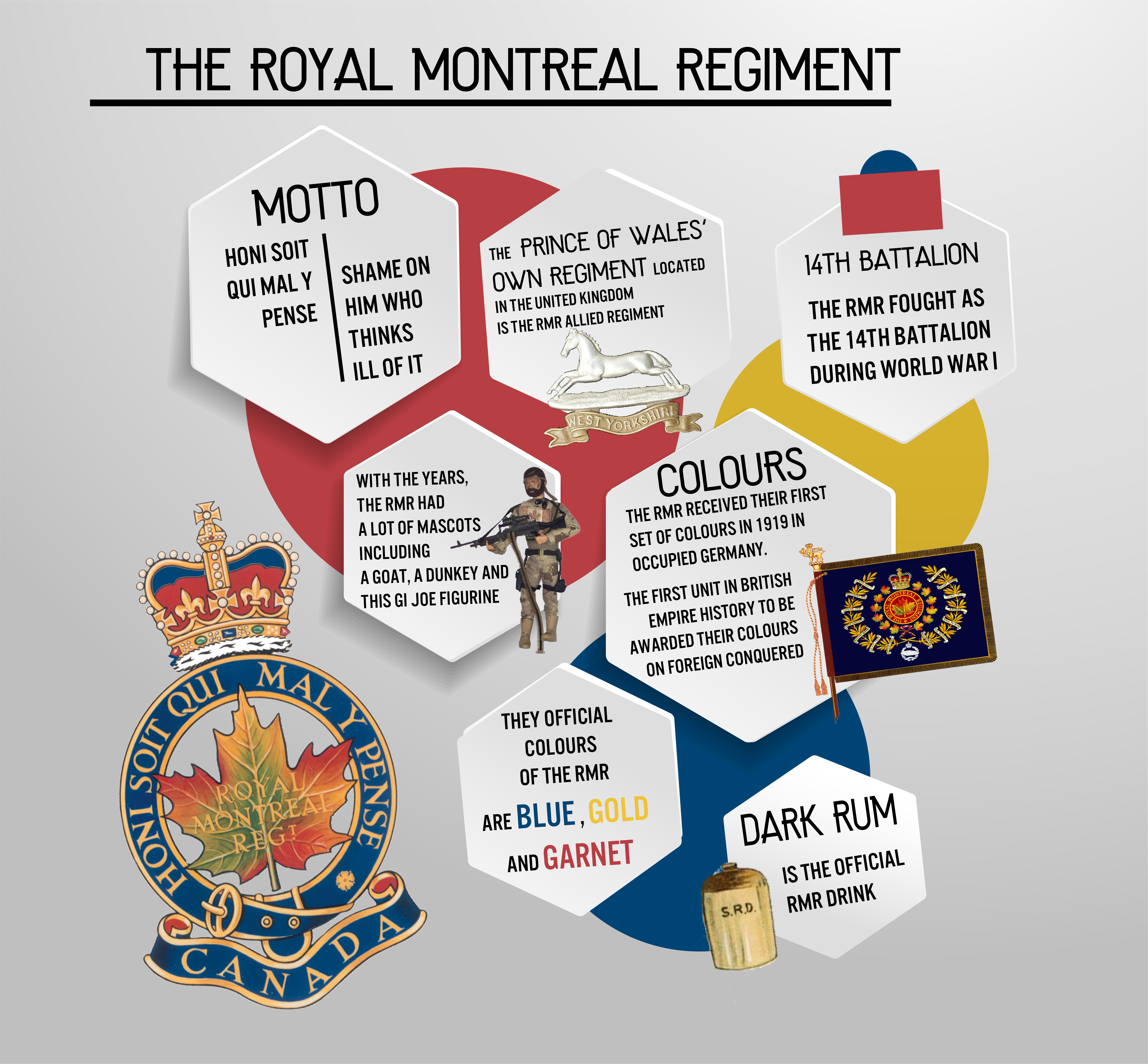At the outbreak of war in 1914, no one expected this conflict to take on such incredible proportions. In the years preceding the Great War, the mightiest countries of Europe forged strong alliances with one another in order to maintain the balance of power on the continent. Because of those alliances, when the Austro-Hungarian Empire declared war on Serbia, many countries were bound by treaty to join the conflict. Russia’s alliance to the Serbian power forced the country to side against the Austro-Hungarian Empire. Germany and the Austro-Hungarian Empire had strong ties and they also sided together. Like a domino effect, almost all European countries were pulled into the conflict.
Of course, many European countries were major colonial powers at the time. Their involvement in the conflict also meant that their colonies were automatically at war as well. For this reason, the Great War brought people from all continents together to fight mainly in Europe, but also in Africa and the Middle-East. Not only was the Great War a global conflict on a geographical level, its scale and duration soon led it to become a global conflict within all spheres of society. The entire world economy shifted to accommodate the war effort. Everyone was somewhat involved in the conflict, from children targeted by propaganda and being told to convince their fathers to join the army, to women entering the workforce in great numbers, to minority groups enlisting with the hopes of gaining a better treatment after the war.







